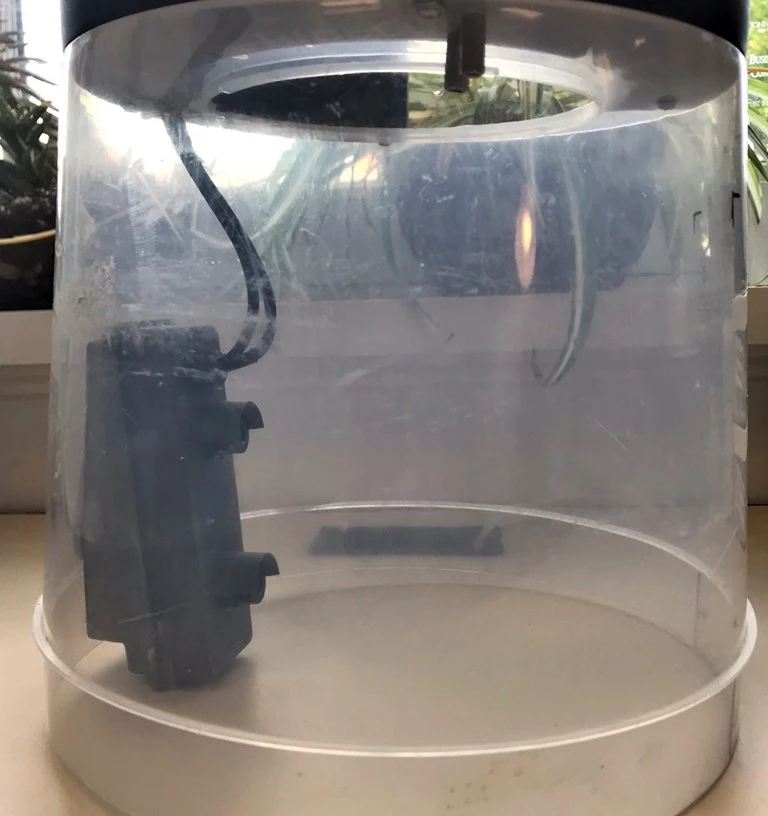In order to gauge the risk of mosquito-borne diseases within a given area, authorities typically monitor the numbers of specific mosquito types that are known to carry those illnesses. A new system makes it possible to do so remotely, and thus more effectively.
Ordinarily, hundreds of mosquito traps are set up in various locations within one region, left there for about a week, then manually retrieved and transported back to a central lab. There, technicians use microscopes to examine the collected mosquitoes, looking for species such as Aedes aegypti which spread Zika, dengue and other maladies.
Needless to say, installing and retrieving all of those traps is a logistically-challenging process, which is one of the reasons that it isn't performed on a more frequent basis. Additionally, the expenses involved in transportation and field workers' salaries may make it infeasible for use in developing nations.
With these limitations in mind, a team at Baltimore's Johns Hopkins University has developed a system in which a high-resolution camera is installed within a specific type of trap, with its lens trained on that trap's mosquito-catching sticky paper. Potentially utilizing existing cellular networks, images are transmitted from that camera to a remotely-located lab, where they're analyzed by staff members.

The images are reportedly detailed enough that Aedes aegypti can be readily – and manually – identified via unique characteristics such as their wing patterns and scale colors. That said, the researchers are now working on computer vision algorithms that would allow A. aegypti to be identified and counted automatically.
Because the system makes the tracking of mosquitoes considerably cheaper and easier, counts could be performed much more often – potentially even on an hourly basis, as opposed to weekly. As a result, increases in mosquito populations would be detected earlier, allowing for counteractive measures to be taken that much sooner.
Lead scientist Adam Goodwin tells us that a single trap could be used for up to four weeks, before its paper would become so mosquito-filled that it needed to be replaced. And because the system would only need to be powered up for long enough to periodically transmit its photos, battery-changes wouldn't be frequently required.
The technology is now being commercially developed by Johns Hopkins spinoff company VecTech.
A paper on the research was recently published in the journal Biomedical Optics Express.
Source: The Optical Society




